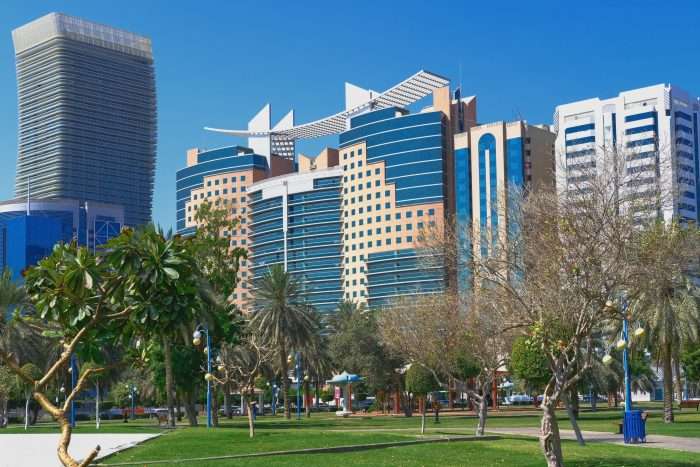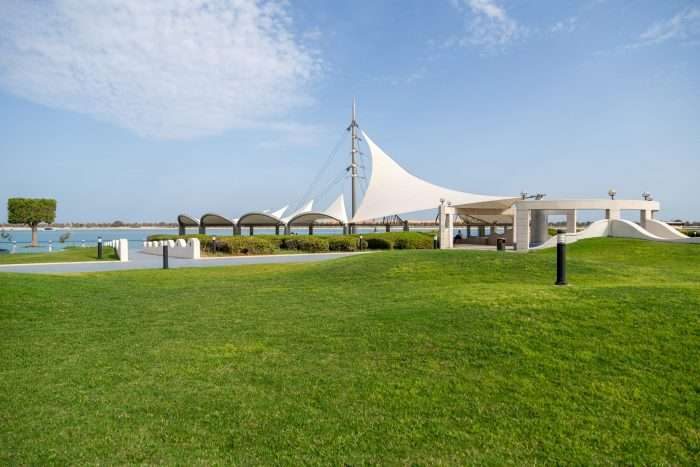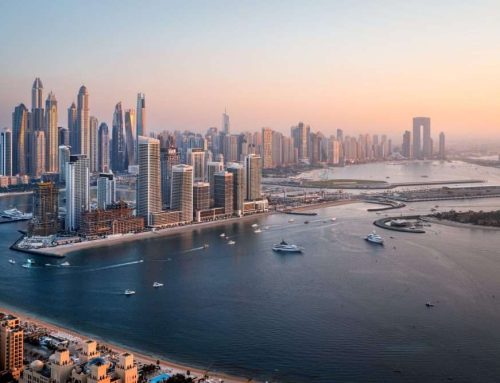Alleviating Urban Heat Islands: Sustainable Strategies for Abu Dhabi’s Climate

As the city experiences rapid urbanization and development, the rise in temperature and energy consumption has become a significant concern.
We will learn what urban heat islands are, their impact on Abu Dhabi’s climate, and the innovative sustainable solutions being adopted to mitigate their effects.
Understanding Urban Heat Islands (UHIs):
- Urban heat islands refer to localized areas in cities that experience higher temperatures than their surrounding rural areas.
- Concrete, asphalt, and buildings absorb and retain heat, causing the temperature to rise in urban settings.

Impact of UHIs on Abu Dhabi’s Climate:
- UHIs exacerbate the already high temperatures in Abu Dhabi, leading to discomfort and potential health risks for residents.
- Increased energy consumption for cooling buildings contributes to higher greenhouse gas emissions.

Green Spaces and Urban Parks:
- Incorporating green spaces and urban parks helps absorb and dissipate heat, lowering local temperatures.
- Strategically placed parks provide shade and improve air quality, creating more pleasant urban environments.

Cool Roof Technology:
- Implementing cool roof technology involves using reflective materials that reduce heat absorption by buildings.
- Cool roofs lower indoor temperatures, reducing the need for air conditioning and saving energy.
Building Design and Materials:
- Sustainable building design emphasizes materials that minimize heat absorption.
- The use of light-colored materials and high-efficiency insulation helps maintain cooler indoor temperatures.
Permeable Pavements:
- Installing permeable pavements allows rainwater to infiltrate the ground, reducing surface heat and minimizing runoff.
- These pavements help maintain cooler temperatures and decrease the demand for irrigation.
Vertical Greenery and Green Walls:
- Vertical greenery systems, such as living walls, add vegetation to buildings’ exteriors, helping to cool the surrounding air.
- These green walls contribute to improved air quality and aesthetics while reducing the heat island effect.

Urban Forests and Tree Canopies:
- Planting a diverse range of trees in urban areas creates natural shade and lowers the ambient temperature.
- Trees also aid in reducing air pollution and enhancing the city’s visual appeal.
Renewable Energy Integration:
- Emphasizing renewable energy sources, such as solar power, reduces dependency on fossil fuels for energy generation.
- Solar panels on rooftops and in open spaces contribute to sustainable cooling solutions.
Public Awareness and Community Engagement:
- Educating the public about UHIs and the importance of sustainable practices fosters community participation.
- Engaged communities can collectively work towards implementing eco-friendly solutions.
Abu Dhabi’s commitment to alleviating urban heat islands through sustainable strategies demonstrates its dedication to creating a greener, healthier and more climate-resilient city.
By incorporating green spaces, cool roofs, permeable pavements and other eco-friendly initiatives, Abu Dhabi is leading the way in adopting environmentally conscious practices.
With community engagement and public awareness the city can continue to make a positive impact on its climate and create a sustainable future for generations to come.





